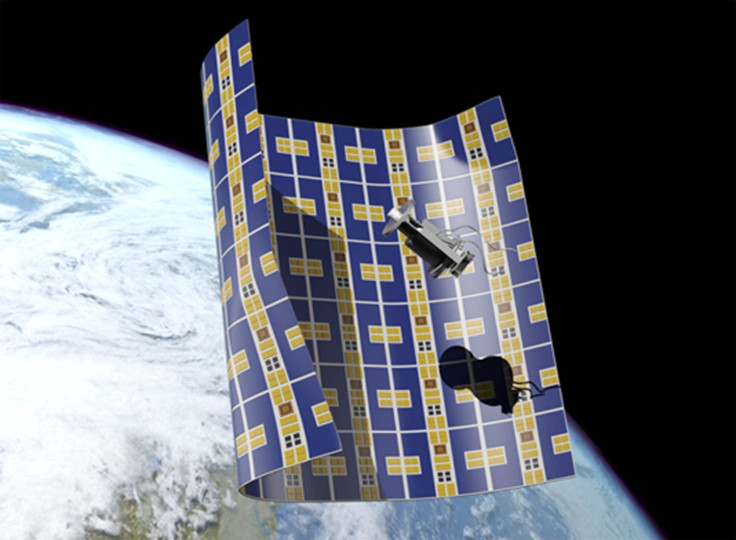What is Brane? An ultrathin blanket-like spacecraft that could clear space debris with ease
It will be 2 dimensional, a yard across, and half the thickness of human hair.

Researchers have developed an ultrathin spacecraft that can wrap itself around debris in space and direct it back to earth, burning up on re-entry.
Called the Brane, the spacecraft is touted to be a large net-like device that is self-powered and about a yard across in size. Developers of the craft want to make it less than half the width of the human hair.
At that size, notes space.com, it becomes vulnerable to radiation as well as micrometeorites that can potentially damage it.
The researchers, however, want it to be highly capable and withstand damage. "It has to be bullet-proof, because a 5-micron diameter particle can penetrate the main structural sheet, which is only 10 microns thick," said Siegfried Janson, principal investigator and a senior scientist at Aerospace Corporation.
To achieve this level of resilience, Brane will have to be made in such a way that damage to its surface will not put it out of commission. The report says that the team is working on creating the craft in such a way that if one solar panel gets damaged, only that component will stop working and the rest of the Brane will not be affected by it.
A similar design will go into other electrical and propellant parts, says the report. It is done by creating the craft in segments, so they all work together and if one or more segments get damaged, only those parts go out of commission.
The thin nature of Brane should make it less expensive to launch. It will also be possible to launch several such crafts stacked on top of each other and be released like a swarm, each targeting different types and shapes of debris, catching it and throwing itself into Earth.
The idea, proposed by Aerospace Corporation, a federally-funded space research organisation, is reported to have received a second phase grant to develop their "2 dimensional" spacecraft from Nasa's Innovative Advanced Concepts (NIAC). The programme funds the growth and development of futuristic technology that might never even make it to launch, says space.com.
There are currently 500,000 pieces of space debris circling the earth, notes the report. Space is set to become unusable in about 20 years unless it is cleaned up.
Nasa previously pointed out that the US, China and Russia are the largest polluters in space.
© Copyright IBTimes 2024. All rights reserved.





